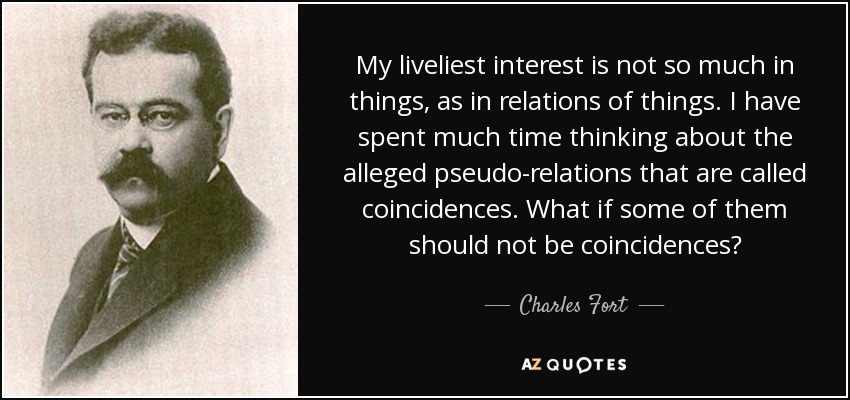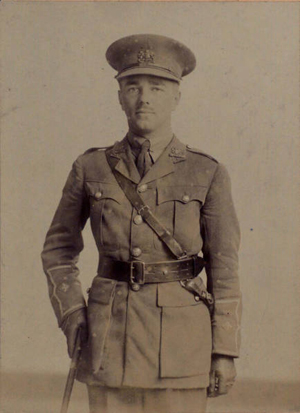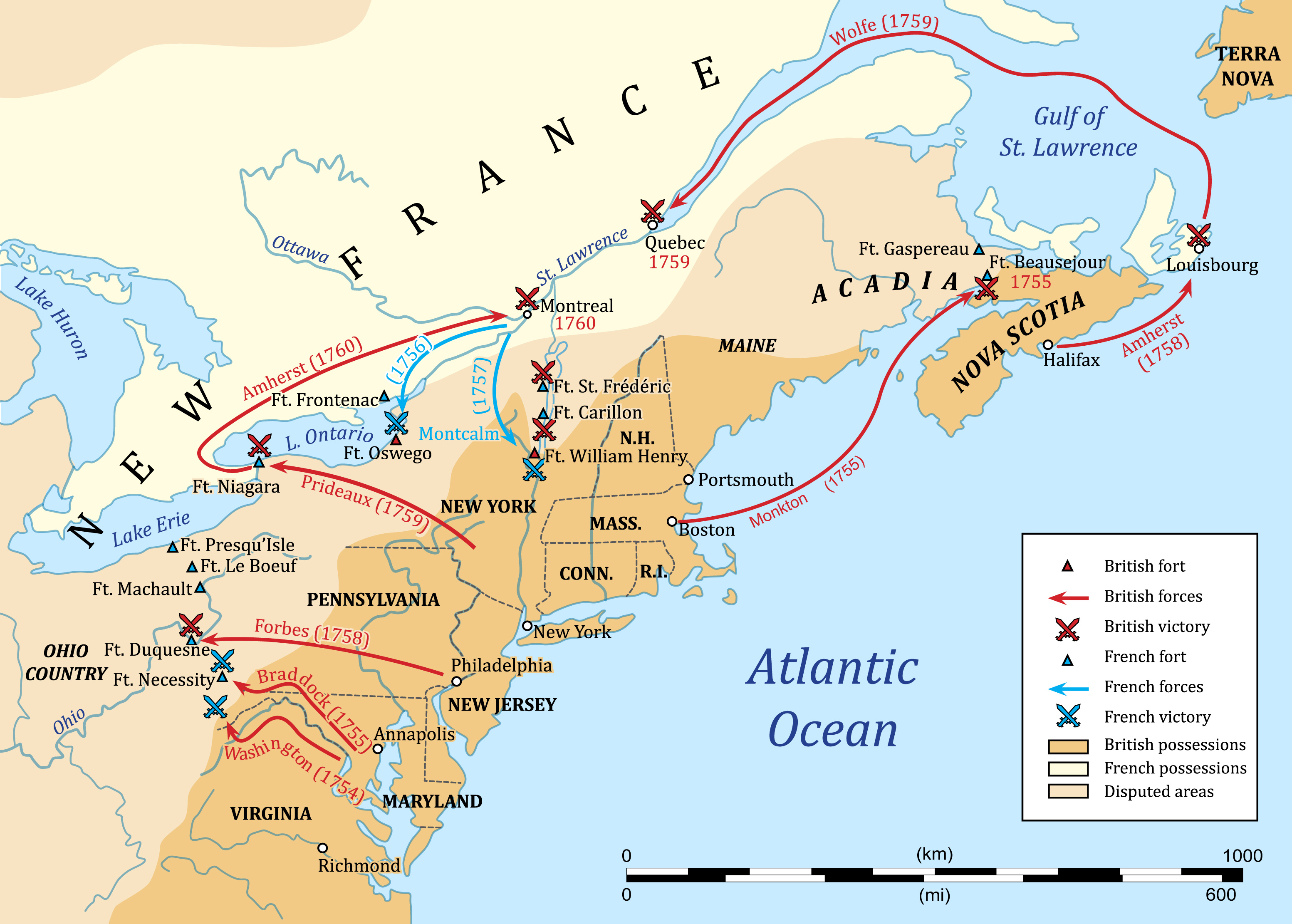In a recent issue, I discussed the “library angel,” the spirit that seems to guide us to the right book, the right passage.
| In 1972, [Arthur Koestler] was hired by the Sunday Times to cover the chess match in Iceland between Boris Spassky and Bobby Fischer. Koestler decided to go to the London Library and borrow some books about chess and about Iceland. “I hesitated for a moment,” Koestler writes, “whether to go to the ‘C’ for chess section first, or to the ‘I’ for Iceland section, but chose the former, because it was nearer. There were about 20-30 books on chess on the shelves, and the first that caught my eye was a bulky volume with the title Chess in Iceland.... This type of coincidence, involving libraries, books, quotations, references or single words in special contexts, is so frequent that one almost regards them as one’s due.” |
Is this a random event, a chance coincidence? If not, what could it be? A devout monotheist might say that everything happens by the will of God — even the fall of a sparrow happens by the will of God. Perhaps Koestler had been praying regularly, and following God’s rules, so God led him to the book he needed, Chess in Iceland. Or perhaps God arranged the books so that Koestler would find the book he sought.
Those of us who are skeptical of monotheism will seek a different explanation. What if everything is connected, as I’ve often argued in this e-zine? What if books and people are connected, in some mysterious way? What if some sort of Fate operates in the world, and arranges things, including books? What if there’s some sort of intelligence or consciousness, not in a SuperBeing separate from the universe, but in the universe itself? What if the universe is inter-connected, inter-locking, to a mind-boggling degree?
Those who discovered quantum physics found it mind-boggling for this very reason: particles seemed to be inter-connected, inter-locking. If you put your faith in “hard science,” you can demonstrate the inter-connected nature of the universe through experiments like the Paired Particles experiment and the Double Slit experiment. (Perhaps the monotheist will say that there’s special providence in the spin of a particle as well as the fall of a sparrow — God is a busy man indeed.)
If you have a literary bent, you can collect literary examples of an inter-connected universe. In Macbeth, the weather and the political situation are inter-connected. In Poe’s “Fall of the House of Usher,” the protagonist and his castle are inter-connected. These literary examples probably grow out of the folk wisdom of mankind; primitive man believed in an inter-connected universe. We acquire more respect for literature if we view writers like Shakespeare and Poe, not as mere entertainers, but as proponents of a serious worldview, perhaps the most profound worldview. Likewise, we acquire more respect for primitive man if we believe that primitive “superstitions” grow out of a profound worldview — a belief in an inter-connected world.
If the world is inter-connected, inter-locking, if Koestler didn’t find Chess in Iceland by chance, then any corner of the universe can throw light on our own situation, any corner of the universe can throw light on everything else in the universe. This is the premise of divination. Divination looks at obscure corners of the universe to better understand our own life, our own destiny. It may look at stars and planets (astrology), or at playing cards (tarot), or at the entrails of sacrificed animals, or at the flight of birds, or at how a turtle-shell breaks when heated, or at the Aeneid when opened at random, or at the fall of dice when used with the I Ching.
Primitive man practiced divination because he realized that the universe is inter-connected. When primitive man observed the flight of birds, did he discover things that modern scientists, with their super-colliders and high-powered telescopes, fail to discover? Should we view the world in a holistic way, rather than breaking it into pieces? If the world is inter-connected, shouldn’t we view the world in a holistic way? And isn’t this what primitive man did? Isn’t this what divination does?
If the world is inter-connected, then many things that we’ve regarded as chance events need to be re-examined. Darwin’s theory leaves much to chance, Darwin emphasizes the importance of chance mutations. If the world is inter-connected, then mutations don’t happen by chance, just as Koestler didn’t find Chess in Iceland by chance. If the world is inter-connected, we need to re-examine evolution, we need to be skeptical of “chance” mutation, we need to view mutation in a holistic way. Perhaps mutations “cooperate” with the will of the organism or the need of the organism, as Chess in Iceland cooperated with Koestler’s need for a book on that subject.
If we decide that the world is inter-connected, we’ll need to re-think many subjects, including evolution, and we’ll need to re-examine many subjects that we previously discarded, such as astrology and tarot and voodoo. We’re in a new world — like newborn children, like Adam and Eve, like Columbus when he set foot in the Americas. We’re in a new world that’s also a very old world.
What is the task of today’s philosophers? Let’s look at what earlier philosophers called for — called for, but didn’t attempt themselves:
- John Stuart Mill realized that the old religions are moribund. Writing about 1870, Mill called for a new religion/philosophy, a “great change... in the fundamental constitution of [mankind’s] modes of thought,” “some faith, whether religious or merely human, which they can really believe.”1
- Writing in 1930, when Europe was reeling from war and depression, Ortega said, “a genuine philosophy [is] the one thing that can save [Europe].”2 Like Mill, Ortega saw the need, but didn’t attempt to meet that need himself, perhaps because he felt that the time wasn’t ripe.
- Nietzsche anticipated a “Great Noontide” when philosophical knowledge would reach a zenith. But he didn’t think his own philosophy was that noontide.
- Tolstoy called for a philosophy of history that would seek the laws/patterns underlying events.
I discovered an American writer named Charles Fort. An important figure in paranormal studies, Fort attracted numerous followers, who were called Forteans. Born in Albany in 1874, Fort died in the Bronx at age 57.
Perhaps his best-known work is The Book of the Damned. “The title referred to ‘damned’ data that Fort collected, phenomena for which science could not account and that was thus rejected or ignored.”3 Theodore Dreiser was a fan of Fort, and helped to publish The Book of the Damned. Sherwood Anderson, Clarence Darrow, and Booth Tarkington were also fans of Fort.

Though Fort attracted a cult following, he had no desire to start a cult, he wasn’t a “true believer.” One might describe his attitude as amused skepticism. He didn’t ask people to believe, he asked people to be open-minded.
[Update 2019: I tried to read The Book of the Damned, but couldn’t finish it. It discussed physical phenomena, not psychic phenomena. Fort is obsessed with falling objects — for example, fish that fall from the sky.]
In the last issue, I mentioned Siegfried Sassoon’s anti-war protest. Sassoon decided that World War I was a “crime against humanity,” a crime perpetrated by the politicians, by the generals, and perhaps by the people at home. There was a stalemate on the Western Front, and millions were dying for no apparent reason. Was each side motivated by hatred of the other side? Or was each side motivated by pride — was each side too proud to call for negotiations and make concessions?
In the following poem, Wilfred Owen suggests that the killing could have stopped if one of the armies had been willing to swallow its pride:
So Abram rose, and clave the wood, and went,
And took the fire with him, and a knife.
And as they sojourned both of them together,
Isaac the first-born spake and said, My Father,
Behold the preparations, fire and iron,
But where the lamb for this burnt-offering?
Then Abram bound the youth with belts and straps,
and builded parapets and trenches there,
And stretchèd forth the knife to slay his son.
When lo! an angel called him out of heaven,
Saying, Lay not thy hand upon the lad,
Neither do anything to him. Behold,
A ram, caught in a thicket by its horns;
Offer the Ram of Pride instead of him.
But the old man would not so, but slew his son,
And half the seed of Europe, one by one.

Wilfred Owen
Swallowing one’s pride can be very difficult, especially for one who has a lot of pride. Near the end of the Civil War, it was clear that the South was beaten, but Lee was extremely reluctant to surrender. “There is nothing left for me to do,” Lee said, “but go and see General Grant, and I would rather die a thousand deaths.”
If a war drags on for years, each side has invested vast amounts of blood and treasure in the effort. Each side feels that they must win to justify this huge investment; if they stop fighting, their investment will be lost, wasted. One of the most famous WorldWarOne poems says that the living should continue the fight, lest the dead should have died in vain:
In Flanders fields the poppies grow
Between the crosses, row on row,
That mark our place; and in the sky
The larks, still bravely singing, fly
Scarce heard amid the guns below.
We are the Dead. Short days ago
We lived, felt dawn, saw sunset glow,
Loved and were loved, and now we lie
In Flanders fields.
Take up our quarrel with the foe:
To you from failing hands we throw
The torch; be yours to hold it high.
If ye break faith with us who die
We shall not sleep, though poppies grow
In Flanders fields.
This poem was written early in the war, before anti-war feeling became widespread. Notice how the author (John McCrae, a Canadian doctor) refers to the war as “our quarrel.” In the last issue, I compared the wars of nations to the quarrels of individuals. There are numerous parallels between wars and quarrels — the role of pride, the role of hatred, the role of prior-investment.
Shakespeare had numerous quarrels, some of which resulted in sword-fights. In Hamlet, Shakespeare says that we should fight for a straw if our honor is involved:
Rightly to be great
Is not to stir without great argument,
But greatly to find quarrel in a straw
When honor’s at the stake.
Fifty years ago, the U.S. was divided between those who wanted “peace now” (in Vietnam), and those who wanted “peace with honor.”
In an earlier issue, I discussed Donald Kagan’s views on the causes of wars: “Kagan says that war is often caused, not by the desire for money or land, but by the desire for honor, prestige, respect.” Respect is a factor not only in causing wars, but also in continuing wars that have already started. One cause of the 9/11 attacks, and other examples of “jihad,” is a Muslim desire to strike at a Western world that dis-respects them, a Muslim desire to make the West tremble at Muslim power, as in the days of Saladin.
What conclusion should we draw? Should we conclude that courage, pride, and honor are virtues? Or should we conclude that they cause war and suffering? Perhaps we should conclude that no virtues are absolute; we must respect the situation, the moment, our own feelings.
During World War I, Wilfred Owen met Siegfried Sassoon, and greatly admired him, perhaps because Sassoon had been decorated for bravery, perhaps because Sassoon was famous for protesting against the war, perhaps because Sassoon was a published author and accomplished poet. To Owen, Sassoon was “Keats and Christ and Elijah.”

Sassoon encouraged Owen to write poetry about the war, made marginal notes on Owen’s poems, and helped to publish Owen’s poems after his death (Owen died in combat at age 25). Owen wrote to Sassoon, “You have fixed my life — however short.”4 Both Sassoon and Owen wrote poetry that described the war in lucid language; they had no use for the obscurities of T. S. Eliot, and Eliot had no use for their poetry. As Owen said, “I am not concerned with Poetry. My subject is War, and the pity of War. The Poetry is in the pity.”
When Owen met Sassoon, Owen was 24, Sassoon 31. Sassoon had been a diffident youth, but became more confident and assertive during the war, perhaps because he was in charge of younger men.5 His men liked him; one of them said, “It was only once in a blue moon that we had an officer like Mr. Sassoon.”
The science-historian Thomas Kuhn popularized the phrase “paradigm shift.” The psychologist K. R. Eissler used the paradigm-concept to define scientific genius. Eissler argued that scientists who create new paradigms (Copernicus, Darwin, Einstein, etc.) are geniuses.6
As Kuhn divided science into paradigm-creating science and normal science, so Nietzsche divided politics into “grand politics” and normal politics. Those who practice grand politics (Caesar, Napoleon, Lenin, etc.) change the political system, change the political paradigm. Genius has a knack for the political paradigm shift, as well as the scientific paradigm shift.
A. A Star Is Born (2018) was popular with the public and with critics. It stars Bradley Cooper and Lady Gaga (Stefani Germanotta), both of whom earned high praise. It’s a tasteful and intelligent movie, with music that’s original and lively. Thanks to the music, the movie might be enjoyable on a second viewing. The story, however, is rather drab: alcohol, drugs, and decline.
B. I recommend the animated movies Coco (2017) and Antz (1998). Both were well-received by the public and by critics. Fans of Woody Allen will especially like Antz, which has a Woody-ish tone and a Woody-ish ant.
C. I also recommend The Martian (2015), a science-fiction movie starring Matt Damon. While The Martian is enjoyable to watch, it’s not as good as Apollo 13 (1995), which is based on a true story.
D. American Animals (2018) is also based on a true story — the story of a 2004 theft of rare books. A group of young men stole the books just for excitement, just to add spice to their lives. I don’t recommend the movie. Perhaps it would be better as a “pure documentary.”
The War That Made America (2006) is a 4-hour documentary about the French and Indian War. Though not as good as the KenBurns documentaries, it’s probably the best documentary about this period of American history. The French and Indian War had three main theaters:
- Pittsburgh (Fort Duquesne) and the Ohio Valley, where George Washington fought against the French and their Indian allies
- Lake George and Lake Champlain, where there were several forts, including Fort Ticonderoga and Fort William Henry
- Coastal areas such as Maine and Nova Scotia; these coastal areas witnessed the British expulsion of the French-speaking inhabitants, who were known as Acadians
The map below shows how the War was fought at the interface of the two empires. The two empires were like tectonic plates colliding, creating earthquakes/wars.

The French and Indian War was the last in a series of NorthAmerican wars between the French and British (and their Indian allies). For more on the French and Indian War, consider Fred Anderson’s Crucible of War: The Seven Years’ War and the Fate of Empire in British North America, 1754-1766.
Perhaps the best documentary on the American Revolution is a 13-part, 10-hour documentary that originally aired on the History Channel, and is now available on Youtube.
© L. James Hammond 2018
feedback
visit Phlit home page
make a donation via PayPal
| Footnotes | |
| 1. | Autobiography, Ch. 7 back |
| 2. | The Revolt of the Masses, Ch. 13 back |
| 3. | Wikipedia back |
| 4. | These words suggest that Owen may have anticipated his early death. When he was going to France for the last time, he recited a Tagore poem to his mother:
When I go from hence
In this playhouse of infinite forms
and if the end comes here, let it come In his last tour of duty, Owen displayed the sort of wild courage that Sassoon displayed, and Owen was awarded the Military Cross, as Sassoon was. Does this wild courage indicate a suicidal tendency?
It’s widely believed that Owen was homosexual. It’s said that he was very close to his mother. back |
| 5. | In an earlier issue, I described how Harry Truman, like Siegfried Sassoon, grew during wartime: “In World War I, [Truman] gained valuable experience and self-confidence, serving as a captain. He earned the respect of his men by his courage under fire and his leadership ability. When the U.S. entered World War I, Truman was already 33 — older than most of the soldiers — so he naturally assumed a leadership role.” back |
| 6. | Eissler: “The view that the difference between talent and genius is solely a quantitative one appears to me to be misleading....In science, it has not been too difficult to assign a structural index to the achievements of a genius, since Kuhn introduced the concept of paradigm into the history of science....To cite an example, the assertion that the earth moves around the sun is a paradigm....The discovery of these paradigms is, in science, the function of genius....At best, a talent will be able to modify or employ the paradigm that a genius has produced.” (Talent and Genius, Ch. 7) back |